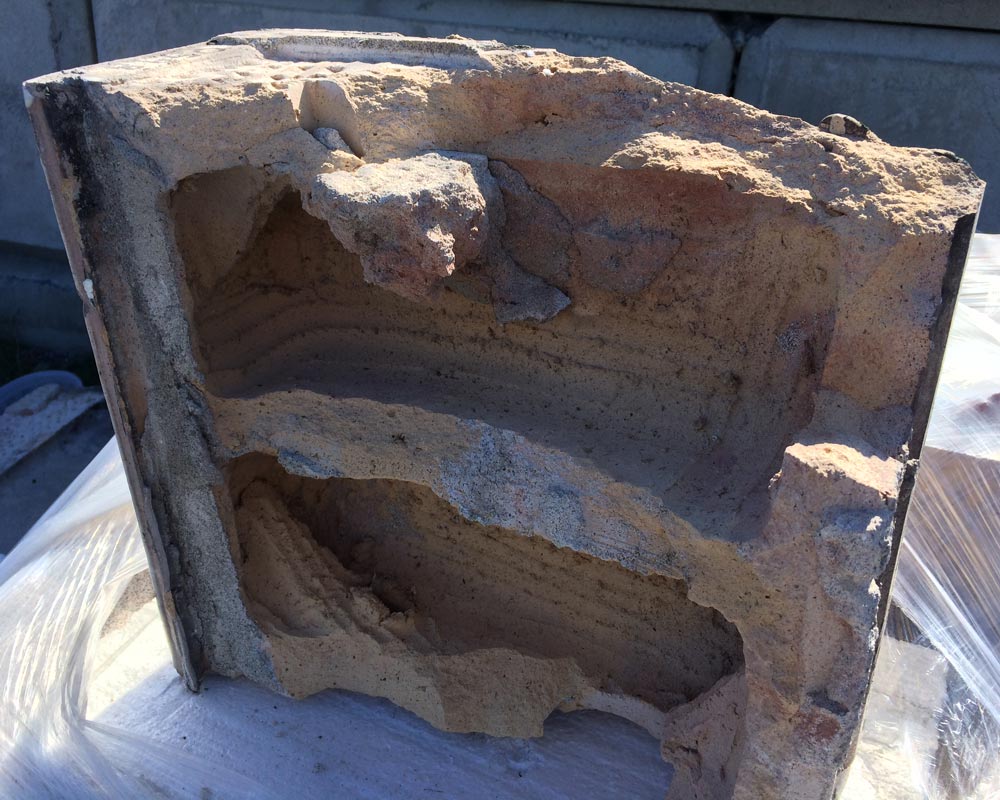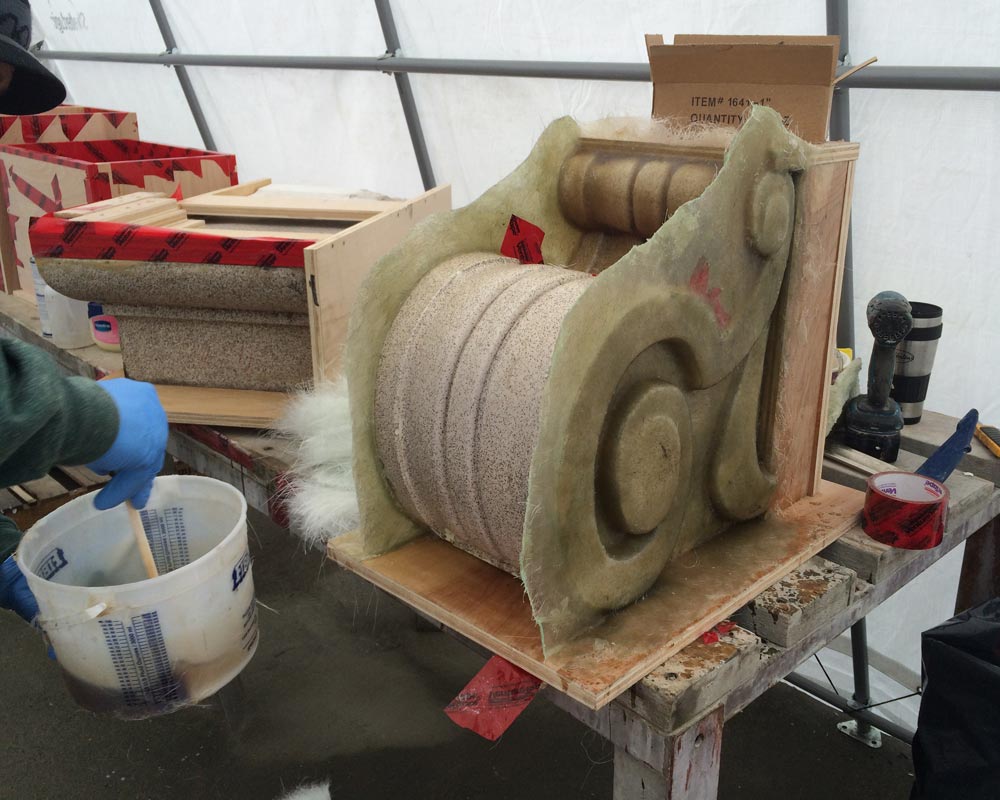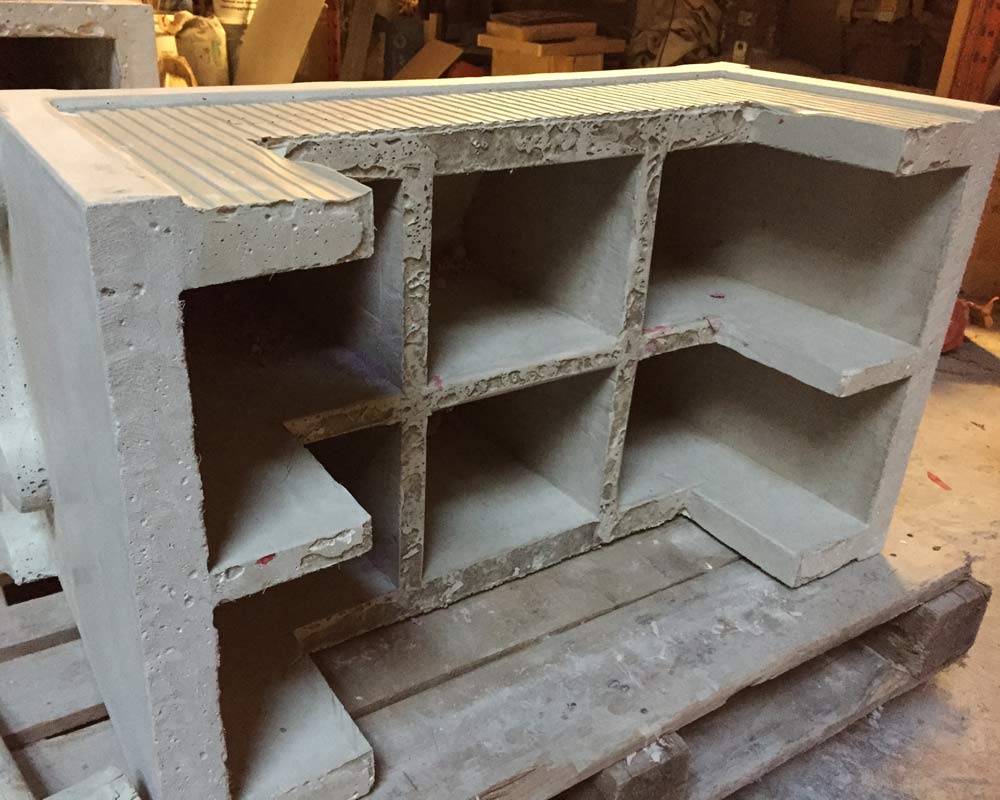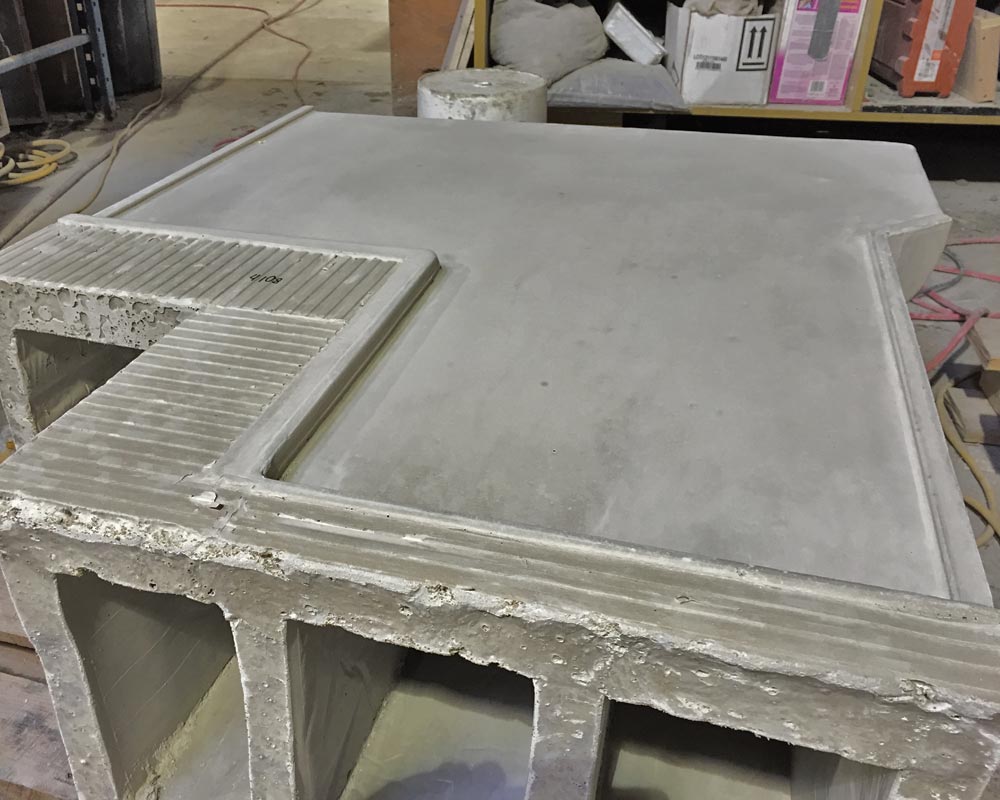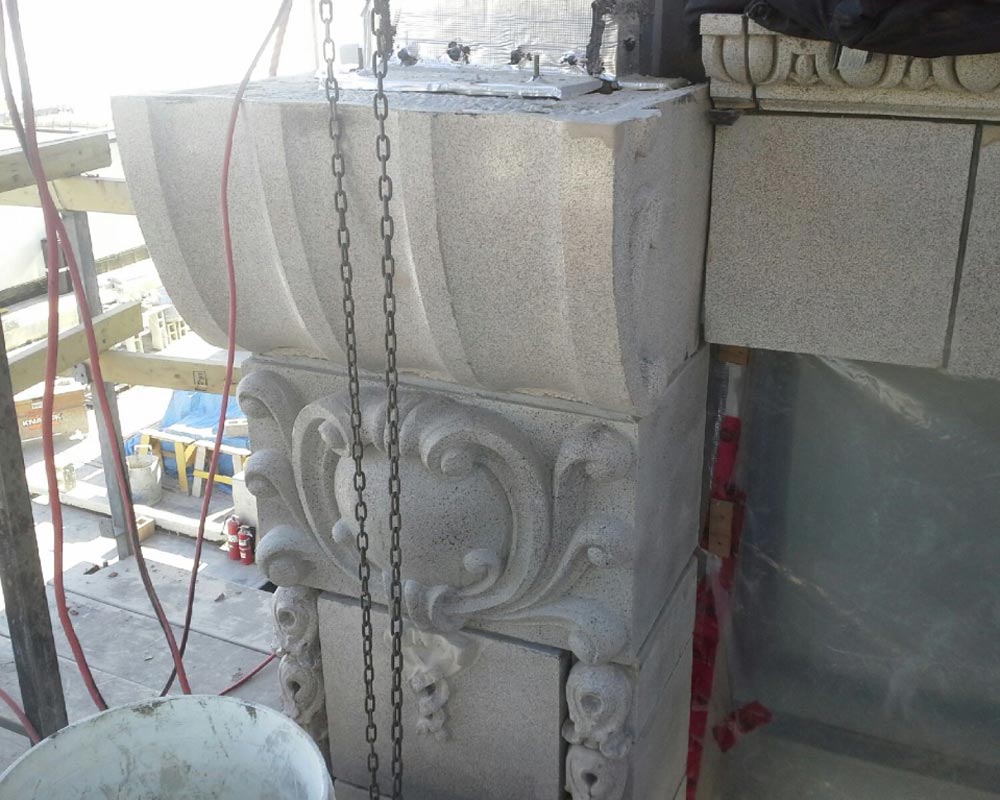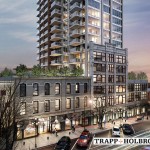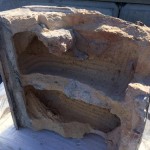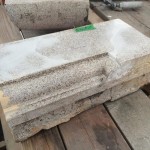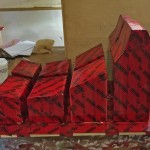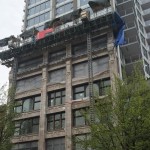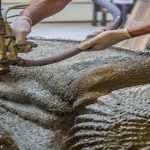Project Info
Project Description
zolyd took part in the restoration and reconstruction of the Trapp + Hollbrook building in New Westminster, British Columbia. This heritage building was meticulously brought back to it’s original glory and is part of a residential development project by the Salient Group.
Szolyd created 43 custom molds and cast a total of 90 ductal pieces in less than 4 months. Most of the molds were taken from original terra cotta blocks. Many of the blocks needed to be repaired, or completely re sculpted prior to building the molds. Because of the level of intricacy and detail in the original facade, legendary sculpting artist David Ducharme was brought on as a lead for the project . David helped to recreate and sculpt the original details of the facade. Once the pieces were patched, and the molds were build, the project was handed off to Szolyd casting team.
Because many of the blocks on the building are over 100 years old, it was important the molds were not too perfect. The ductal needed to look aged, and needed to blend in with the rest of the terra cotta units. To do this, the UHPC blocks were colour matched and integrally coloured. A faux finish was applied to the surface, which matched the terra cotta accurately.
To reduce the weight of the blocks and keep down production costs, Szolyd created negative spaces in the molds. The natural gussets in the terra cotta were mimicked, creating a cohesive installation process and a strong shape. Some of the molds were needed to be poured up to 8 times, in case re usable knockouts were utilized for the molds.


